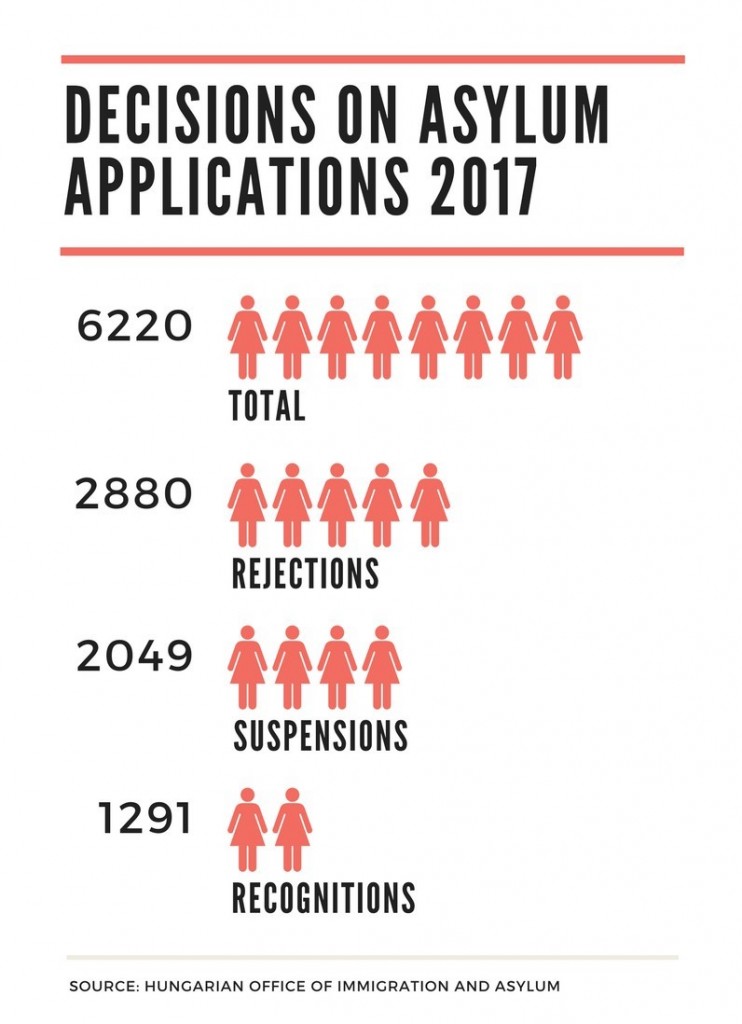-
Who We Are
WHO WE AREThe International Organization for Migration (IOM) is part of the United Nations System as the leading inter-governmental organization promoting since 1951 humane and orderly migration for the benefit of all, with 175 member states and a presence in over 100 countries. IOM has had a presence in Hungary since 1992.
About
About
IOM Global
IOM Global
-
Our Work
Our WorkAs the leading inter-governmental organization promoting humane and orderly migration, IOM plays a key role to support the achievement of the 2030 Agenda through different areas of intervention that connect both humanitarian assistance and sustainable development. Across Hungary, IOM provides a comprehensive response to the humanitarian needs of migrants, returnees and host communities.
What we do
What we do
Cross-cutting (Global)
Cross-cutting (Global)
- Data and Resources
- Take Action
- 2030 Agenda
Hungary functions as a transit, source, and destination country of both regular and irregular migration. Its geographic location, European Union (EU) membership, and relative prosperity, collectively act as pull factors for migrants from neighboring countries, including ethnic Hungarians. As an EU Member State, a section of Hungary’s borders forms the external borders of the European Union.
Due to its geographic location, Hungary is one of the main transit countries of irregular land migration towards other Member States of the European Union. Both Eastern and South-Eastern migration routes cross Hungarian territory, with the Western Balkan route (via Turkey, Greece, the former Yugoslav Republic of Macedonia, Serbia or Croatia to Hungary, then other EU Member States) being the most active. Prior to the construction of the border fences along the Hungary-Serbia and Hungary-Croatia borders, Hungary was one of the main entry points into the EU for migrants seeking to gain access to other Member States. Although the construction of the fences at the two Southern borders with Serbia and Croatia have put Hungary out of the Western Balkan migratory route, Chief Security Advisor György Bakondi noted that a new migration route has emerged in 2021 via Belarus and Poland.
The Hungarian Government, in addition to the construction of border fences, has also enacted a series of legal amendments intended to reduce irregular migration through Hungary. Since their initial enactment in 2015, these measures have reduced asylum applications to Hungary, and decreased the number of irregular border crossings following their peak of 441,515 in 2015. Hungarian authorities apprehended around 122,000 illegal entrants in 2021.
- Asylum Applications by Nationality
-

There has also been a shift over time in the demographic makeup of those applying for asylum in Hungary.
-
In 2014, the most numerous asylum applications came from Kosovars (21,453), Afghans (8,796), and Syrians (6,857).
-
In 2015 asylum applications from Syrian citizens and Afghan citizens surged (64,587 and 46,227 respectively), while the number of asylum applications from Kosovar citizens, remained constant at 24,454. Notably, while not to the extent of inflated applications by Syrian and Afghan citizens, the number of asylum application from Pakistani citizens increased from 401 in 2014 to 15,157 in 2015, and Iraqi citizens’ applications grew from 497 in 2014 to 9,279 in 2015.
-
During the biennium 2018-2020, Iraqis, Afghans and Pakistanis have represented the main nationalities within the category of asylum seekers. However, the Hungarian Central Statistical Office signals a decrease of asylum requests from Iraqis and Afghans between 2017 and 2018.
In all cases, the decline in applications between 2015 and 2016 was drastic, and likely a result of the aforementioned border fences and legal amendments, as well as various international factors including the EU-Turkey Statement.
Total applications fell from 177,135 in 2015 to 29,432 in 2016 with Syrian applications falling 92% to 4,979, Afghan applications falling 76% to 11,052, and Kosovar applications dwindling 99% to just 135. These numbers dropped even further in 2017: only 1,432 Afghans and 577 Syrians applied for asylum. The number of migrants dropped to 3,397 in 2017, a total decrease of 88% compared to 2016. In the first quarter of 2018 asylum applications remained low with only a total of 280 applicants: 115 Afghans, 100 Iraqis, 25 Syrians, 20 Iranians, 10 Pakistanis and 10 others. In 2019, data show 197 Afghans and 171 Iraqis, while in 2020 data count 15 Afghan, 24 Pakistani and 16 Iraqi. During the biennium 2018-2020, Iraqis and Afghan asylum seekers steady decreased. From 2017 on, some nationalities ceased to seek asylum in Hungary such as Moroccans (1,033 in 2015), Kosovars (24,454 in 2015), Palestinians (1,036 in 2015).
As a response to the COVID-19 pandemic, Hungary adopted extraordinary legislative provisions through the Act LVIII on the Transitional rules and Epidemiological Preparedness related to the Cessation of the State of Danger along with the Government Decree No. 292/2020 (VI.17.). According to these measures, asylum seekers must submit a statement of intent at the Hungarian Embassy in neighboring non-EU States in order to gain a single-entry permit before to submit asylum application in Hungary. At the end of 2020, a total of 117 migrants achieved to apply for asylum. As a result, the number of first-asylum seekers fell by -80% in comparison to 2019. In relative terms, Hungary recorded the lowest rate of registered first-time applicants among EU Member States during the third quarter of 2021 (1 applicant per million population), followed by Slovakia (20) and Estonia (21).
While inflows are strictly controlled by the Hungarian authorities, emigration of Hungarian nationals increasingly grew until 2016 (29,425 Hungarian citizens). Nevertheless, the emigration flow has been steadily declining ever since. In 2020, 19,322 Hungarian citizens left the country. Also, the number of Hungarian citizens who experience exploitation in other countries of Europe remains high.
- Decisions on Asylum Applications (2017)
